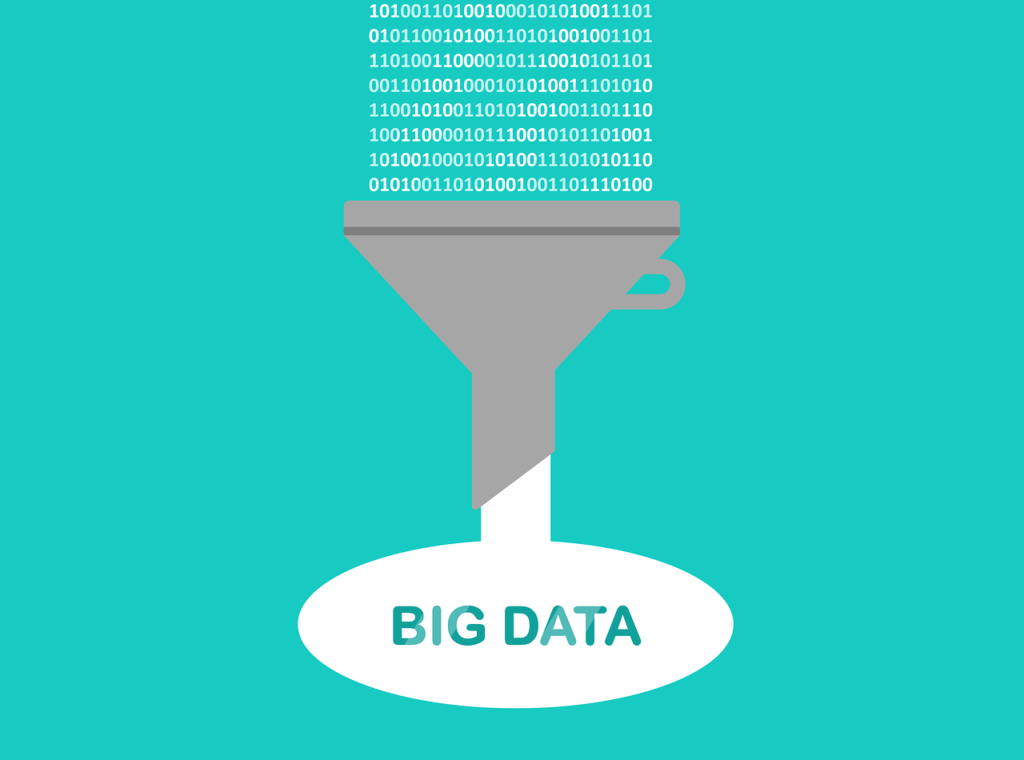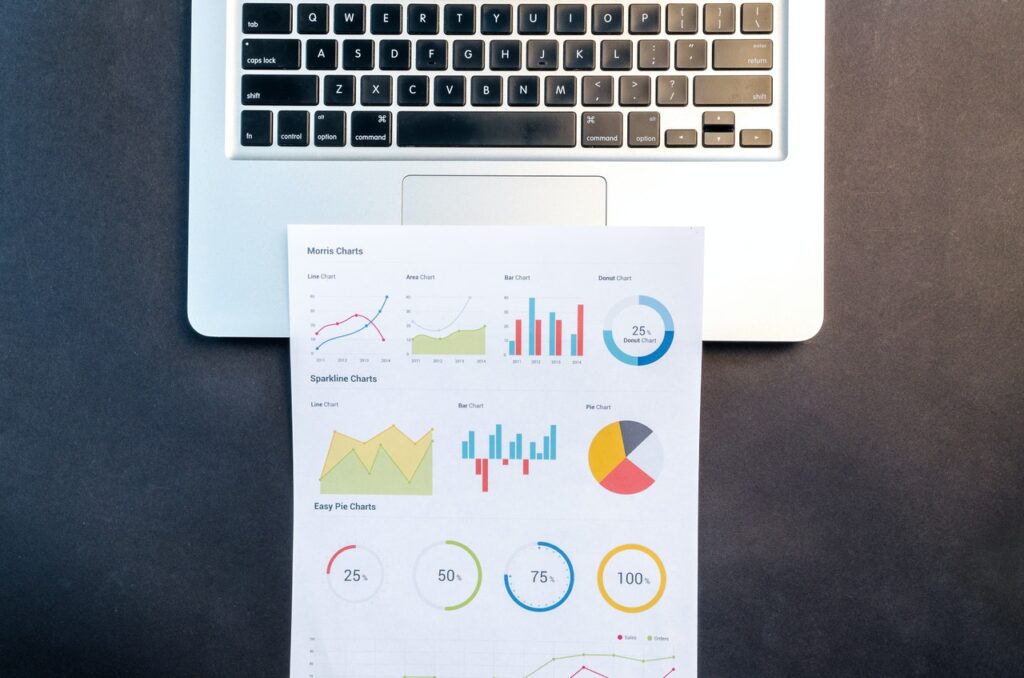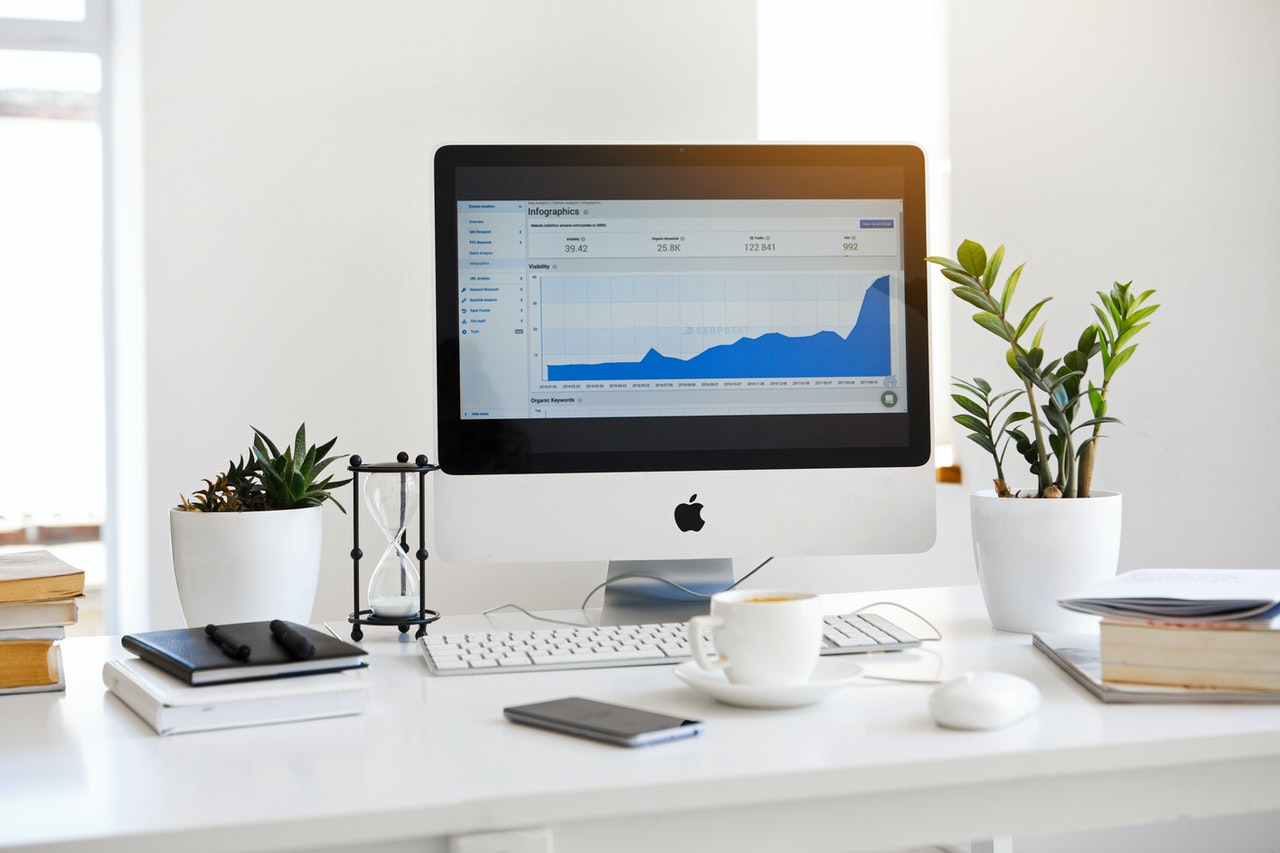Hey guys, what is up. In this particular post, we will be talking about what is big data analytics. Its uses, interaction techniques, examples, and tools.
KEY POINTS
What is big data analytics?

Big data analytics is a method to find meaningful insights, such as invisible patterns, unknown connections, market trends, and user preferences. With modern technology, it’s possible to study your information and get the results quickly. It is used for better decision making, stopping fraudulent things.
History and evolution:
The method of big data is found years ago. Most companies have realized that if they collect and store all the information that streams into their businesses, they can put analytics to get remarkable value from that. Even in the 1950s, decades before anybody produced the word “big data”, it was used by organizations. In the form of spreadsheets that were physically studied to find trends and insights. The latest benefits that we can get from this technology, however, are speed and efficiency. The potential to work quickly and stay strong gives companies an advantage they didn’t have before.
Benefits of this technology:

This technology helps companies to save their information and use it to recognize new chances. That, in turn, guides you to perform good business moves. Moreover, that can be more profitable and will be more efficient. Advantages are as follows:
- Risk management: A banking company “Banco de Oro” uses this technology to detect fraudulent things and deviations. This company holds to narrow down several suspects or root sources of issues.
- Product Development and Innovations: One of the biggest manufactures of jet engines for aircraft and armed forces across the globe “Rolls-Royce”. Uses this technology to examine how efficient the engine layout needs improvements or not.
- Quicker and Better Decision Making Within Organizations: Starbucks also uses this technology to make tactical decisions. For instance, the company examines if a specific location is suitable for a new outlet or not. They will also study some different factors, such as demographics, population, and many more.
- Improve Customer Experience: Delta air uses this technology to improve its user experience. They scan their customer tweets regarding their journey, staff, and many more. The airline finds negative comments and tweets and tries to do the necessary things to solve the problem. By publicly speaking on these problems and offering solutions, helps the airline to create good customer connections.
Example of big data analytics:
Let us understand by taking an example of the music streaming platform Spotify.
The company has almost 96 million customers that create a large amount of data every day. Through this data, the cloud-based policy will automatically provide songs. Through a smart advice engine on basis of likes, shares, and search history. It is possible with the help of this technology only.
If you are using Spotify, then you must have run into the top recommendation part. That is based on your history, likes, and many more things. Using a recommendation engine that supports data refining tools that gather information and then refine it using algorithms. This is how Spotify works.
Interaction techniques in big data analytics:
The best communication technique is based on your projects and the outcomes you need. These includes:
- Brushing
- Painting
- Identification
- Scaling
- Linking
How it works?
Now let us how this technology works:
Step 1: Business case estimation– This technology lifecycle begins with a business case, which specifies the need and outcome of the analysis
Stage 2: Recognition of information– Moreover, a big variety of information sources are recognize.
Step 3: Data refining– All of the information taken from the last stages is refined to remove unwanted data.
Stage 4: Data production– Information that is not suitable with the application is taken and then it is converted into a suitable form.
Step 5: Data collection– In this step, information that is the same in different data sheets gets merge.
Stage 6: Data scanning– Information is examine using logical and mathematical tools to find useful data.
Step 7: Perceiving data– With different tools like Tableau and many more, analysts can make a graphical and systematic form in the form of graphs.
Stage 8: Final examination outcome– This is the final step of the procedure, where the results of this study are given to business stakeholders who can take the necessary steps.
Big data analytics tools:
Here are some key tools that are used:
- Hadoop– helps in saving and scanning information.
- MongoDB– used on datasets that change continuously.
- Talend– helpful in data merging and management.
- Cassandra– an allocated database use to control chunks of information,
- Spark– helpful in real-time converting and studying large amounts of data.
- STORM– an open-source actual computing system.
- Kafka– a distributed streaming program that stores fault-tolerant information.
In the upcoming post, you will be getting information related to loops and its question. If you haven’t read about what is data mining then go and read this. You can read previous posts by scrolling downwards. Also, stay tuned for the upcoming post.


